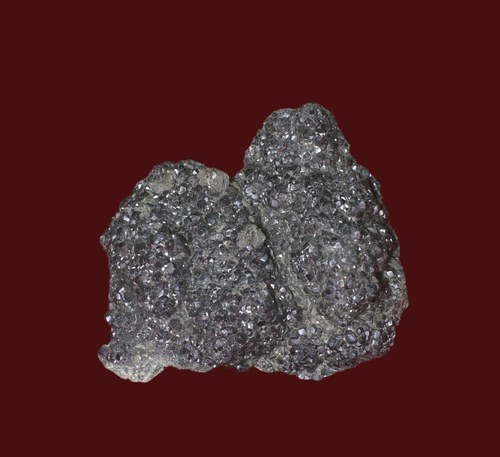An ancient Cretan shepherd called Magnes once noticed that the iron–tipped end of his crook was pulled down when he walked near a certain type of rock. This rock was lodestone and is iron-rich with a natural magnetism. The early Chinese also knew about lodestone and in the 12th Century simple compasses began to be used. In about 1600, an Englishman called William Gilbert suggested that the reason compasses always point north was because Earth itself acted as a giant magnet.

Magnets attract (pull) or repel (push away) other magnets. This happens without them coming into contact with each other, as there is a magnetic field which extends outwards from the magnet. Permanent magnets, which keep their magnetism for a long period of time, are mostly made from iron. All magnets exert a force on the space around them - the magnetic force - the size of which depends on the strength of the magnet. All magnets have two ends: the north-seeking pole (N) and the south-seeking pole (S). The magnetic field is strongest at the poles. The N pole would turn freely to the North Pole of the Earth. This is how a compass works. A north and a south-seeking pole would attract each other, whereas two same poles would repel.
.jpg)
Apart from compasses, magnets have many other uses, for example:
In computer hard-drives, where data is recorded on thin magnetic coats
On magnetic strips on credit cards
In loudspeakers and microphones
In food manufacture
In recycling

